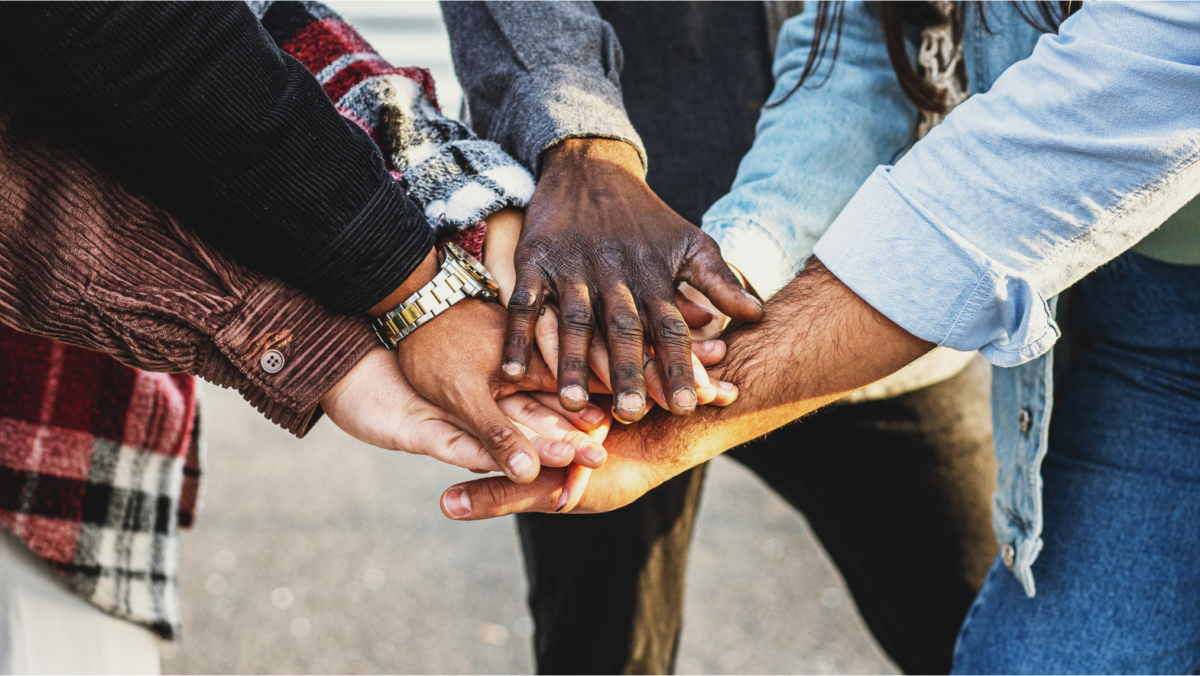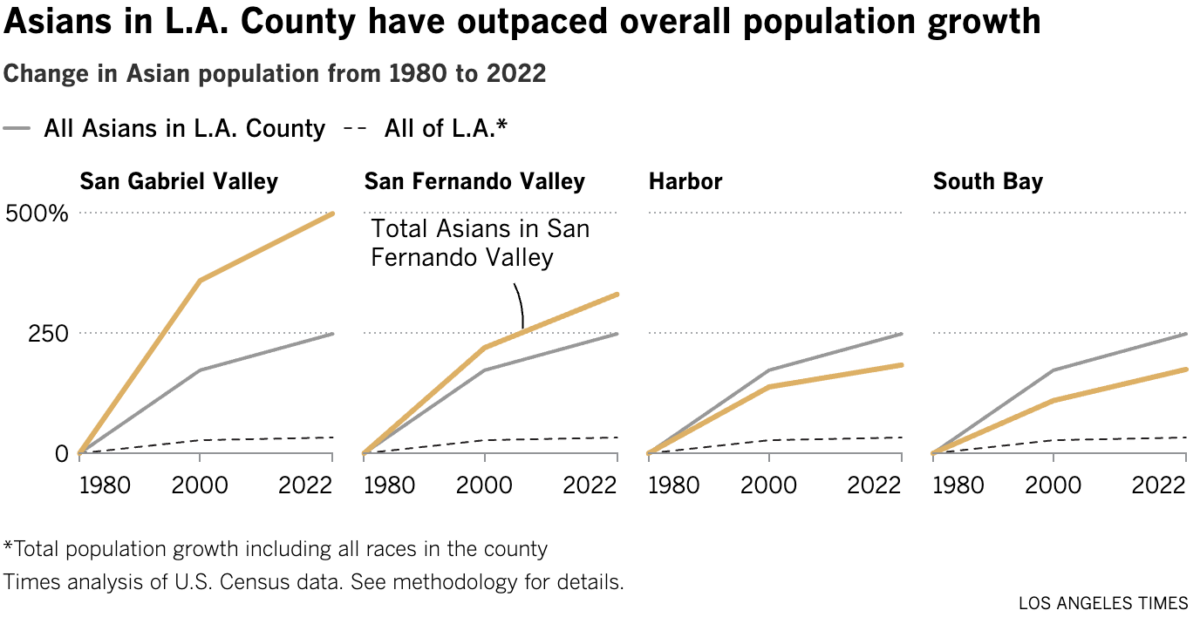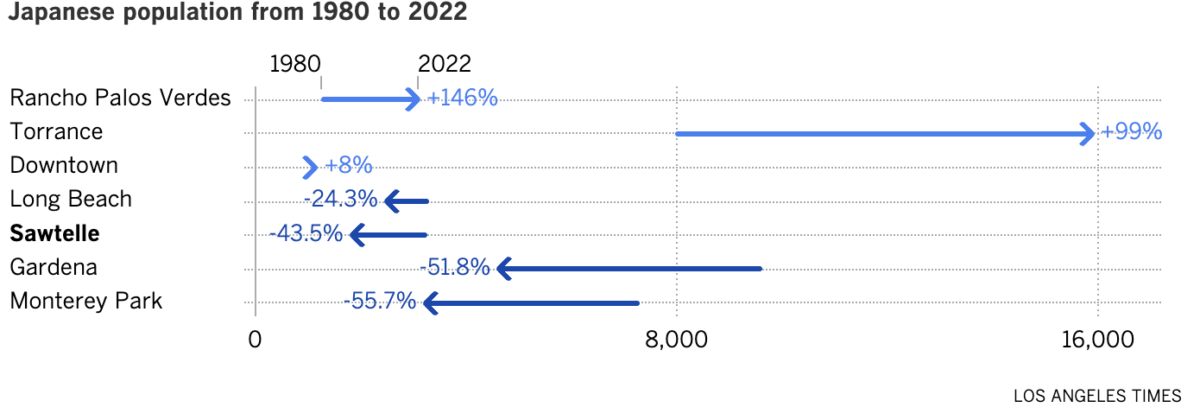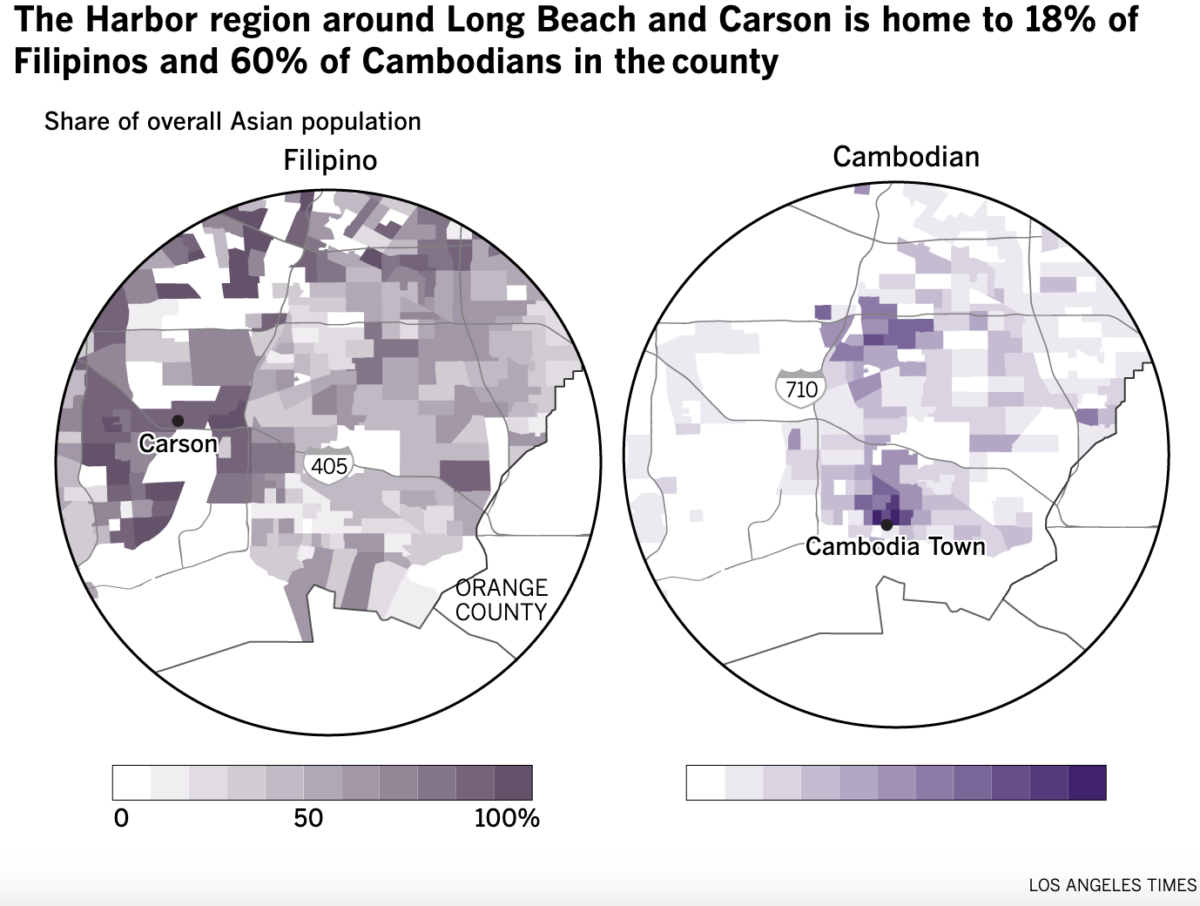LA County is home to the largest Filipino, other AAPI communities in US
 The Asian American and Pacific Islander (AAPI) diaspora has spread across the United States but one county stands out as a hub for these vibrant communities: Los Angeles.
The Asian American and Pacific Islander (AAPI) diaspora has spread across the United States but one county stands out as a hub for these vibrant communities: Los Angeles.
A mosaic of AAPI communities, Los Angeles County is a melting pot of cultures.
The term “Asian American,” coined by Chinese, Japanese and Filipino American activists in the late 1960s, was first perceived as a political identity.
Today, it is attributed to ethnic groups tracing their roots to Southeast, East, Central and South Asia. These communities and their contributions are recognized in the US this May during Asian American, Native Hawaiian and Pacific Islander (AANHPI) Heritage Month, which also honors the Native Hawaiians and Pacific Islanders from Polynesia, Micronesia and Melanesia.
Overview of AAPI communities in Los Angeles
With more than 6 million Californians of Asian or Pacific Islander descent, California is home to the “dynamic AAPI communities that are an invaluable part of our state and nation,” California Governor Gavin Newsom said as he proclaimed AANPI Heritage Month in the state earlier this month.
Seven Southern California counties, including the counties of Los Angeles and San Diego, account for half of AAPI’s overall population.

Photo from latimes.com
To further shed light on the AAPI diaspora in Southern California, 40 years’ worth of data from the Census Bureau was distilled into this story in the Los Angeles Times penned by Aida Ylanan and Sandhya Kambhampati.
For decades, census documents presented Asians as a monolith and didn’t include categories per race, according to the LA Times article. In 1980, roughly a million Asians and Pacific Islanders in Los Angeles County were recorded as “Other.”
Furthermore, over a quarter of Native Hawaiian and Pacific Islanders in LA still record as a group unlisted on the latest census forms. Although there are over 25 Asian countries and five Pacific Islander countries recognized by federal statistics, the allocation of federal funding still depends on a complete enumeration of AAPI individuals.
“Since our state’s founding, AAPIs have been instrumental in writing the California story and building our state as we know it,” Gov. Newsom said in his proclamation of AANHPI Heritage Month.
AAPI communities have helped shape Southern California since the 1800s, with some of the region’s first Asian settlers building ethnic enclaves such as the Old Chinatown and Little Tokyo.
With the influx of migrants following the Immigration and Nationality Act of 1965, neighborhoods like Historic Filipinotown, Koreatown and Thai Town came to life. AAPI population in Los Angeles grew from 198,000 in 1970 to nearly a million in 1990, according to UCLA researchers.
Fast forward to the present, AAPI communities have tripled in size, with Santa Clarita having the fastest-growing Asian population – from less than 600 to almost 19,000 today, reported the LA Times.
Antonio Miranda Rodriguez, recorded as a Filipino in the 1783 census, was one of the early settlers who founded the pueblo that became Los Angeles.
Chinese laborers were recorded in the census of 1850 — the year when California officially became a state.
Meanwhile, Japanese immigrants first appeared in the census in 1870 with two Japanese-born men who were recognized as servants to a judge in San Marino.

Photo from latimes.com
The Vietnamese people opted to settle in Orange County, with the world’s largest Vietnamese community outside Vietnam.
Home to the largest number of Bangladeshi, Koreatown in Los Angeles is also where the second biggest Thai population lives.
In the Westside, the Indian population grew by six times, from just below 350 people in 1980 to over 2,200 by 2022.
Meanwhile, Hawaiians showed significant interest in the continental US after World War II. The majority of the settlers moved to areas with a rich music scene, including Los Angeles, while some settled south for its affordable cost of living.
You may also like: Most Asian Americans face racial discrimination, a new study reveals
Filipino influence
Established in the 1920s, Little Manila was the first Filipino community in downtown LA.
A thriving business, cultural and entertainment hub for Filipinos, Little Manila’s existence diminished in the 1950s following redevelopment in the area.
In the 2020 Census, 41.6 percent of Filipinos make up the total AAPI population in LA County. Today, around 321,000 Filipinos live in Los Angeles County and 400,000 reside in other Southern California counties.

Photo from latimes.com
Many Filipinos served in the US military and settled in areas in close proximity to military bases, including Long Beach – site of a former naval center. Filipinos and Cambodians make up almost two-thirds of the Asian communities in Long Beach.
Even with the addition of 30 Asian And Pacific Islander ethnicities to census records since 1980, AAPI community advocates say other communities remain underrepresented.
“We know, without data, [the AAPI population doesn’t] exist in the eyes of policymakers,” noted Karthick Ramakrishnan, founder of AAPI Data.
Gov. Newsom has acknowledged that throughout California’s history, AAPIs have been “the target of violence, disenfranchisement, efforts to restrict immigration, and other xenophobic policies at the federal, state, and local level.”
“The echoes of this dark history are evident today in the shameful Anti-Asian hate acts seen across the country,” he said.
“It is imperative that we confront past and present racism and fight for the safety and inclusion of our AAPI friends and neighbors.”
During AANHPI Heritage Month, President Joe Biden honored the legacy of AAPI communities, recognizing their “ingenuity, grit and perseverance” and contributions to American society.

